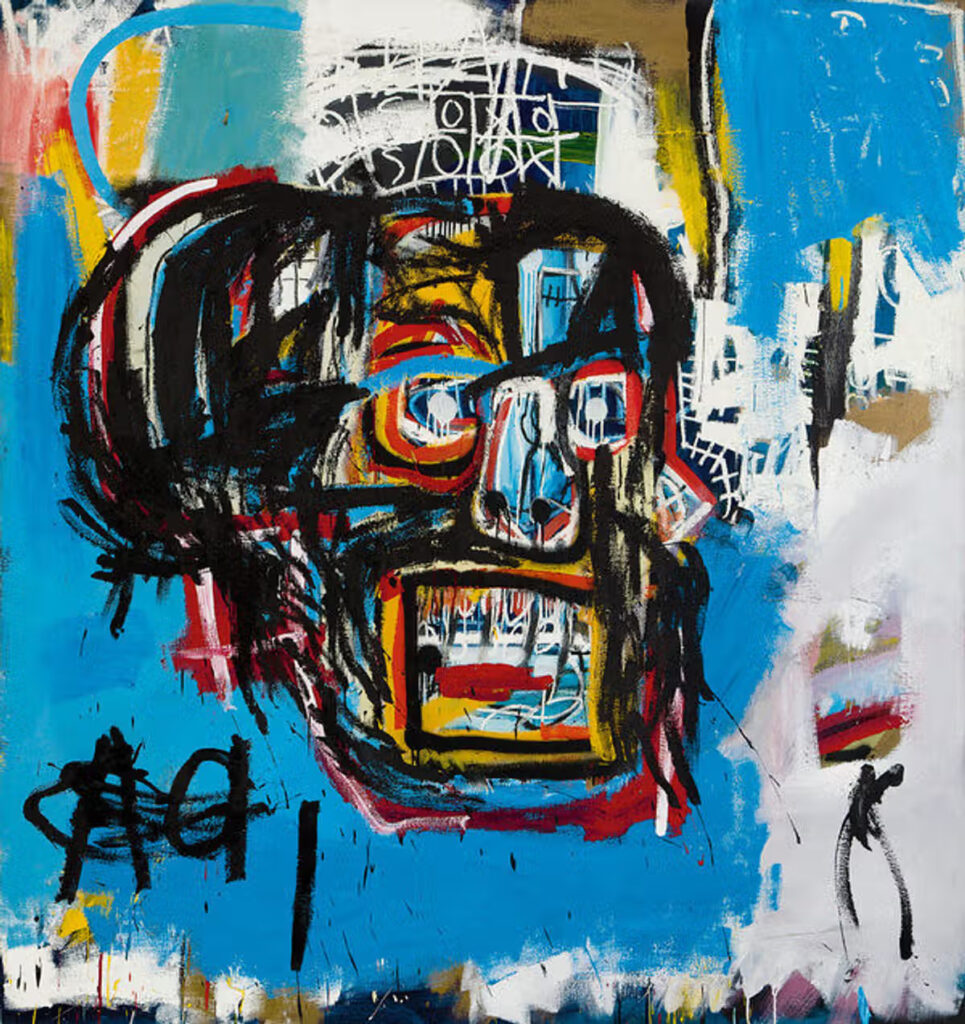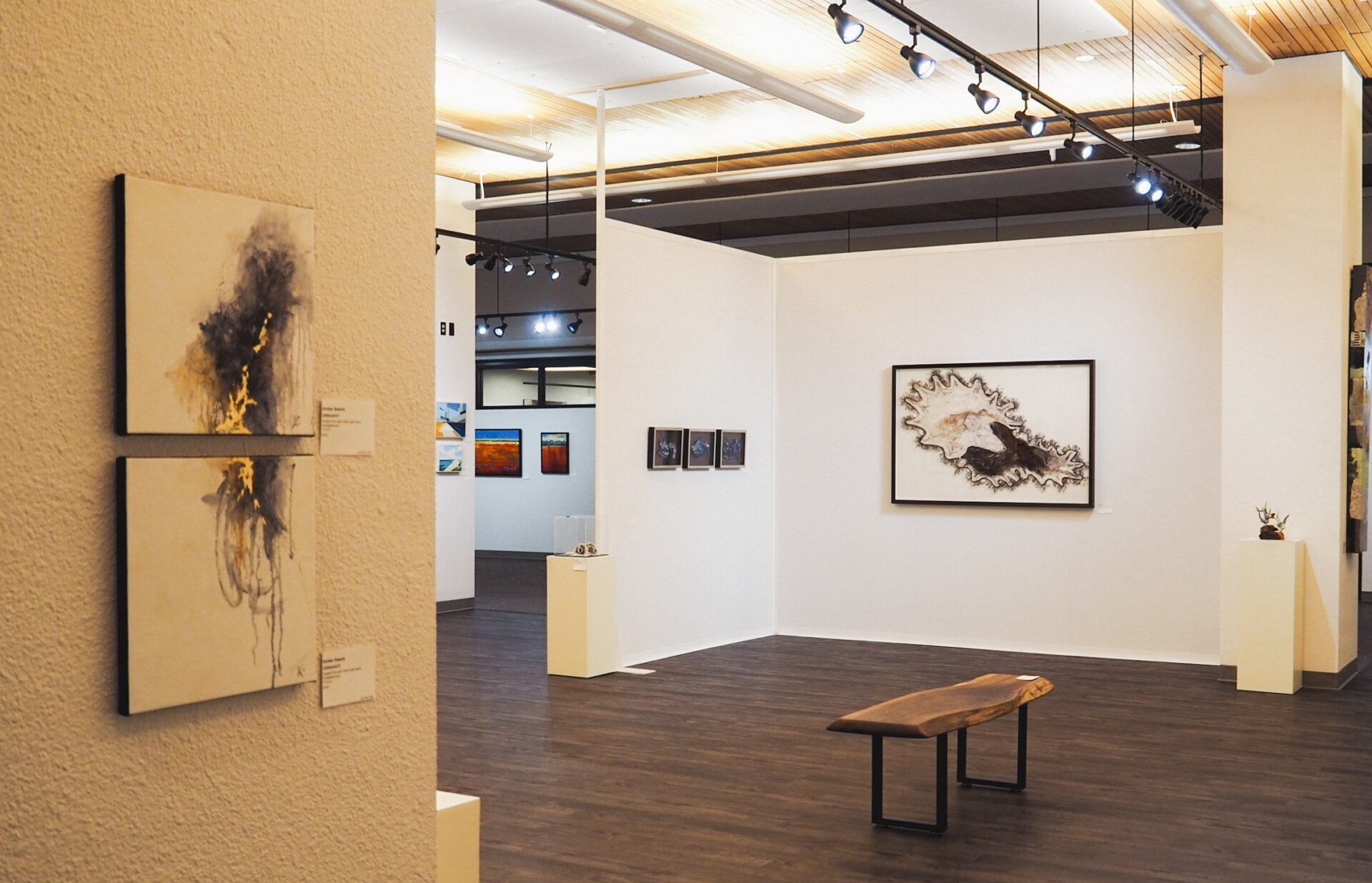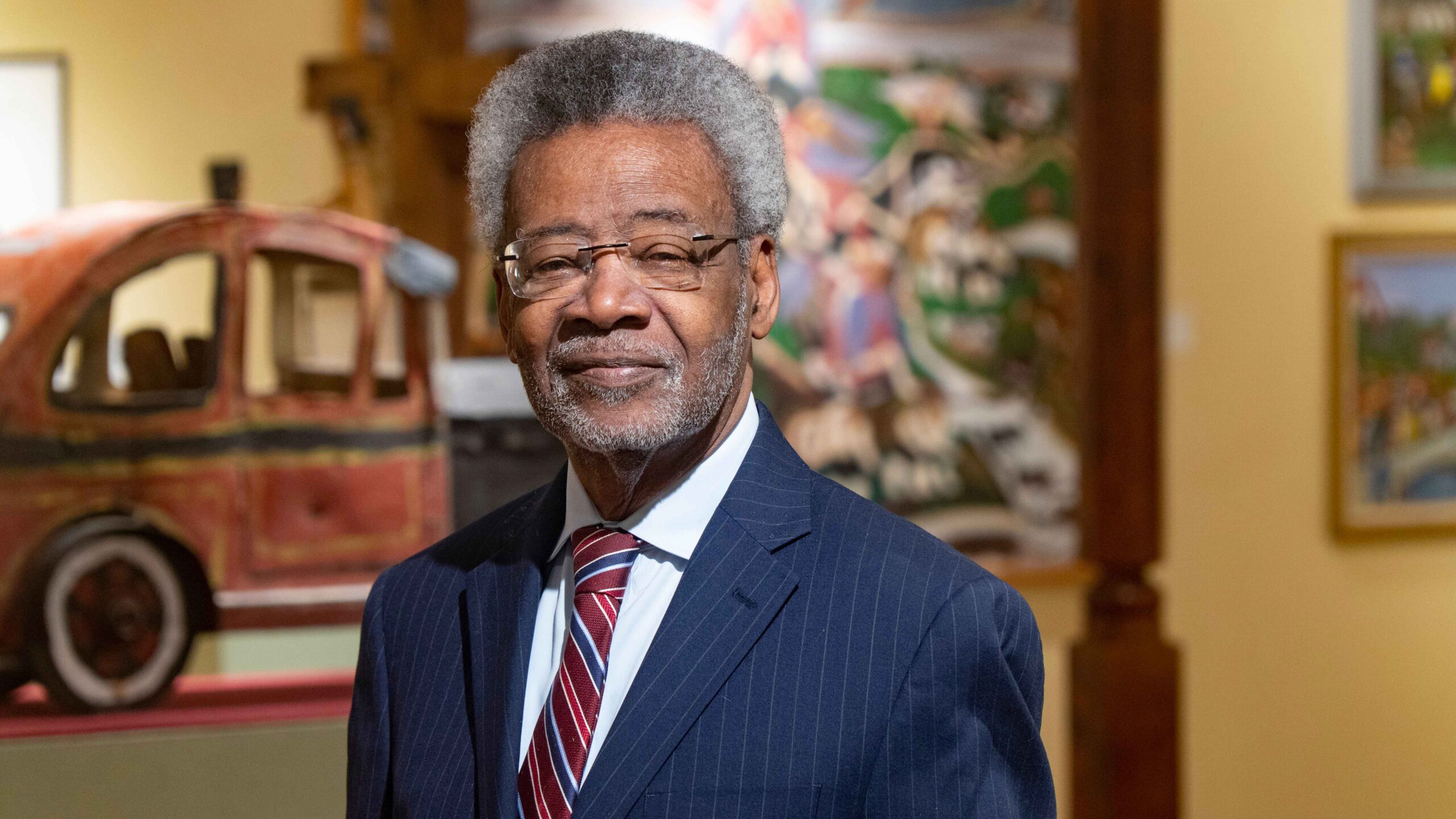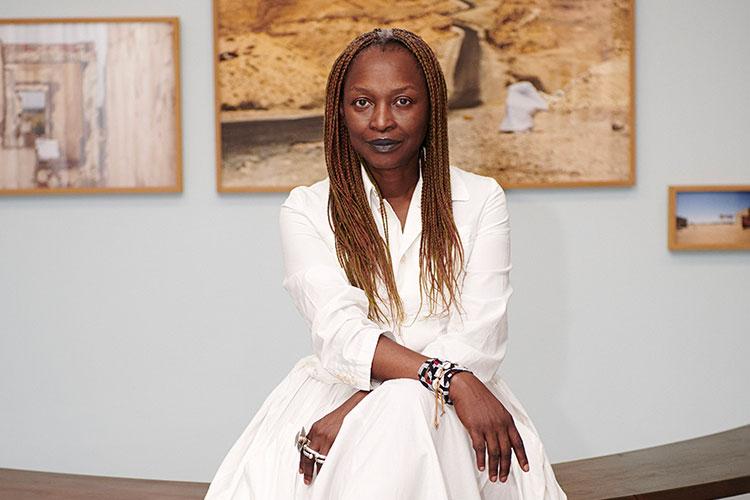By Sheridan Povedano
A Deeper Look: The Work of Jean-Michael Basquiat
The historic celebration highlights half a century of preserving and showcasing African American culture, art, and history, while bidding farewell to its visionary founder and CEO, Dr. Harry Robinson, Jr.

Image © Flickr (CC); Untitled (Skull) © Jean-Michel Basquiat, 1982
I have sought blank space to reach the clearest analysis of Untitled (1982) by Jean-Michel Basquiat. The reader is completely engulfed by the subject matter and hues of this masterpiece, which are timeless. At the age of twenty-two, Basquiat bedazzled the New York art scene alongside his well-known friends, Keith Haring and Andy Warhol—both prominent figures of the pop-art trio.
The popular media deciphers the work of art as a skull. However, we know from art history that beyond this modernist anatomical study lies a mirror image of an individual. This is evident in the way that Basquiat uses autobiography to tell stories through his pictorial images, reflecting his struggles and successes through an untitled character that hybridizes fiction and reality. The ambiguity of the artwork and its vastness in size can be seen as a clear reference to the exuberance of the Neo-Expressionist movement, which was lush, extravagant, bold, and existentialist in all its postmodern elements.
Leader of this movement, Basquiat did not seek to necessarily tell the truth. Instead, he distorts and fragments it, deconstructing life and its elements while constructing a novel portrayal of storytelling. This visual arts scene of the late ’70s up until the end of the ’80s can be labeled as the age of Basquiat, during which mixed media—oil stick, acrylic, and spray paint—allowed him to carve the way for the contemporary art forms we know today.
Amidst the silence surrounding the individual or skull, there are numbers and letters placed in an abstract manner. The surrounding space is where the silence prevails. Basquiat distinguishes himself as an artist through the musicality of his works, infused with his own poetry and prose. His inclusivity of different forms of media is now more recognizable.
Additionally, his portrayal of ethnicity has allowed women and men of color to feel united and to express themselves in contemporary works. In this painting, there are no crowns, but there is a drawing that can be a representation of a ladder, barbed wire, or even stitches. That is what makes Basquiat so accessible to the public. As an artist, he was so in touch with himself that his authenticity could never be lost on the canvas. Basquiat opened a never-ending portal to hybridity, expression, and freedom, through which the contemporary world can proudly walk.
 “Queen Tahj” Williams: The First Black Woman to Design the Official Super Bowl Logo
“Queen Tahj” Williams: The First Black Woman to Design the Official Super Bowl Logo Lancaster Art Vault Exhibits Black Art with ‘Expressions of Strength’
Lancaster Art Vault Exhibits Black Art with ‘Expressions of Strength’ Dallas’ African American Museum Kicks Off Black History Month
Dallas’ African American Museum Kicks Off Black History Month The African American Museum in Dallas Marks 50 Years with Founders Ball
The African American Museum in Dallas Marks 50 Years with Founders Ball Koyo Kouoh’s Appointment as 2026 Venice Biennale Curator
Koyo Kouoh’s Appointment as 2026 Venice Biennale Curator

